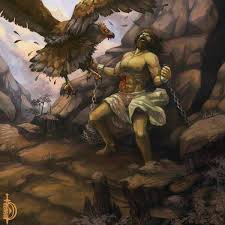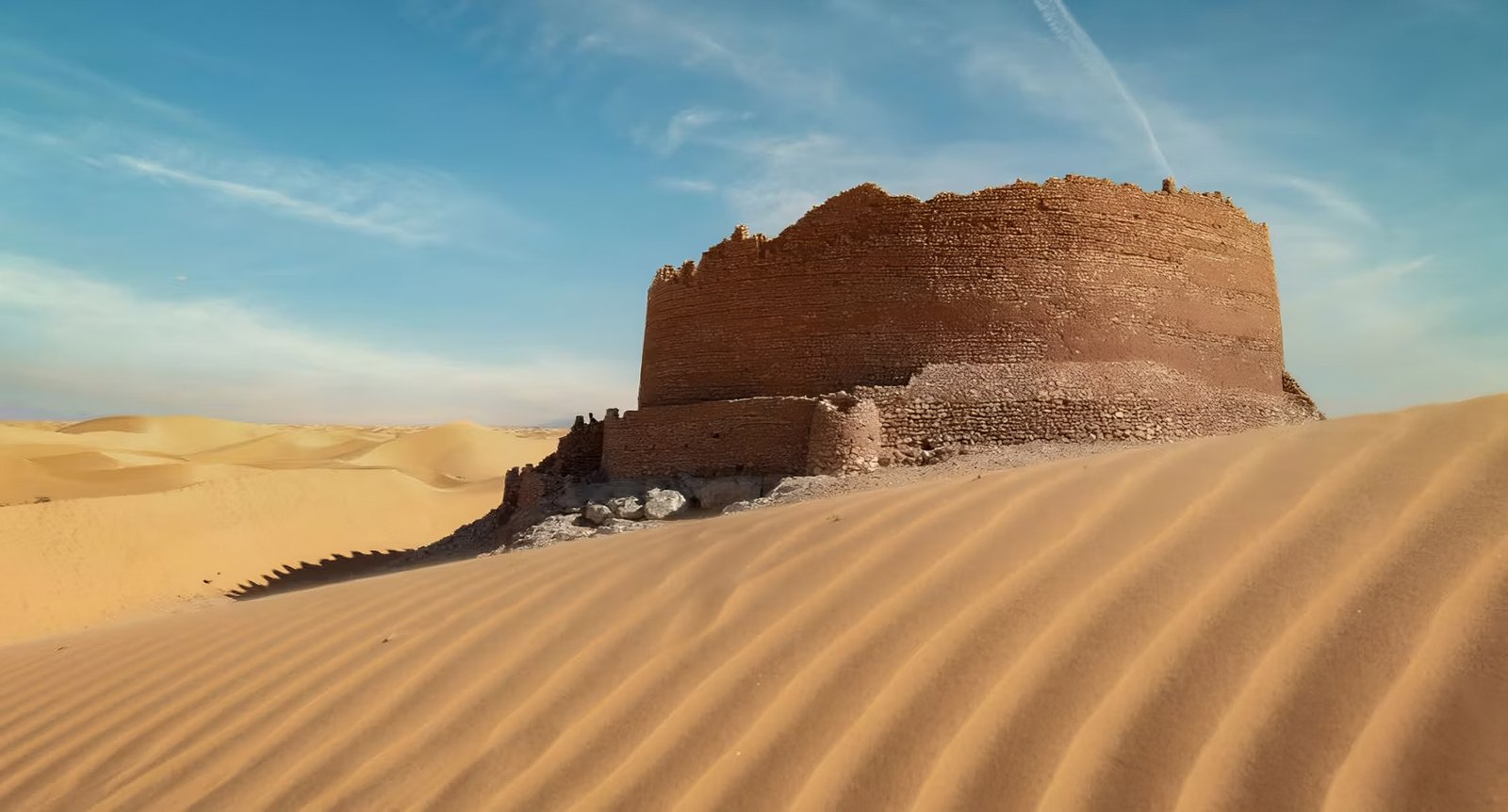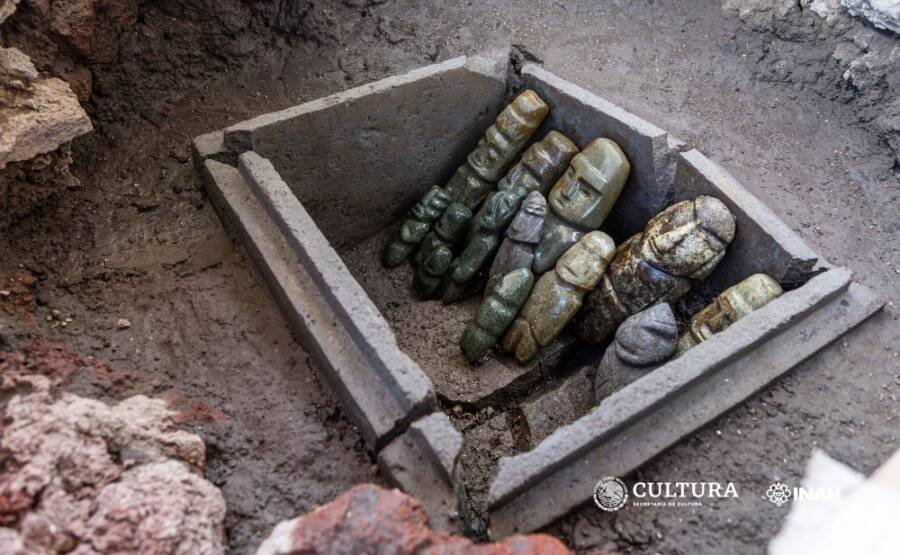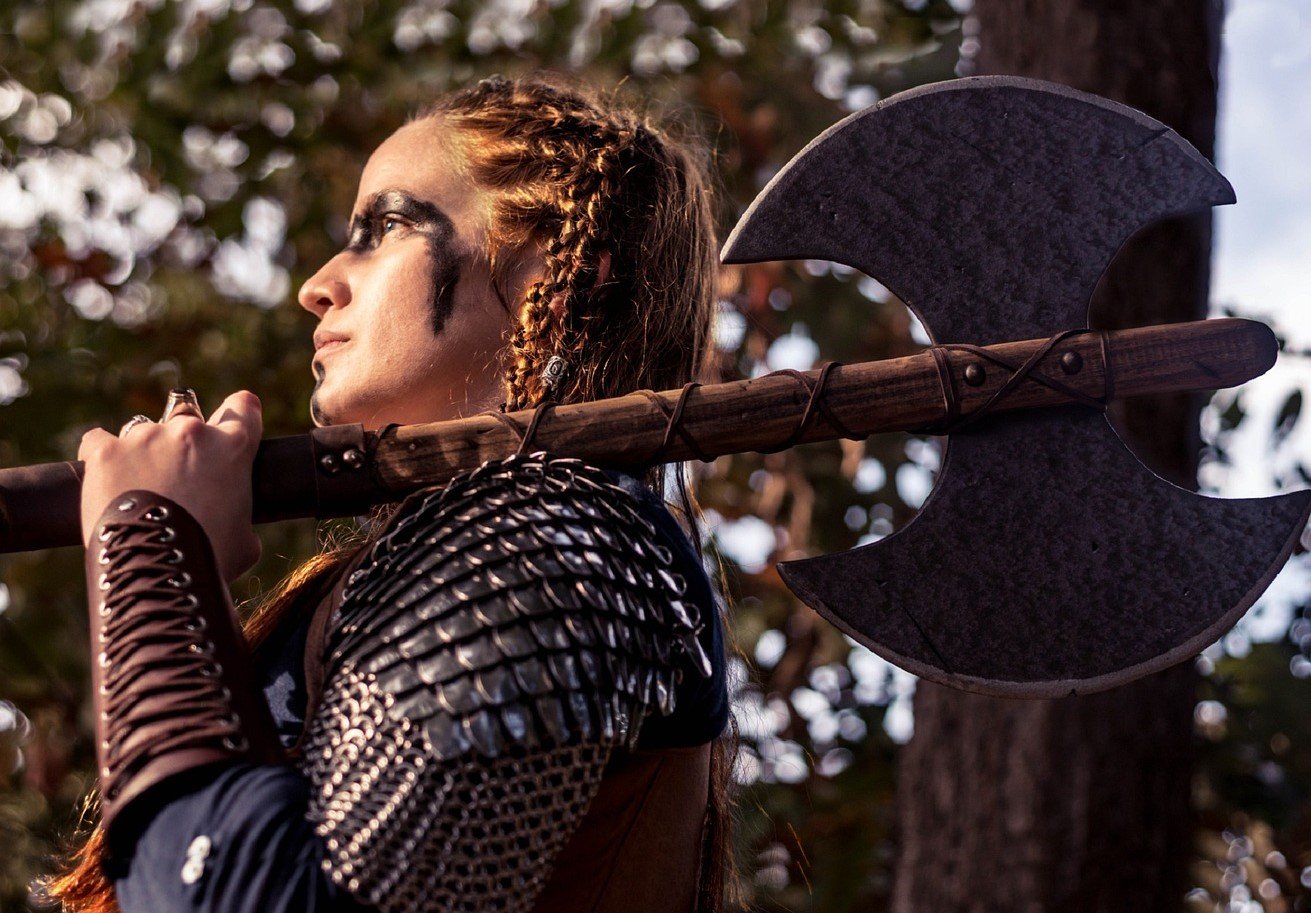Introduction – Weeper in Greek Mythos
Greek Mythology
This comprises of many good stories, Greek myths and legends, which have been fascinating people over the years. These stories are a window to the everyday existence and interaction between the gods, goddesses, heroes, and other mythical beings. It is therefore possible to know how they viewed their world and cosmos as a whole. Greek mythology of captivation has come from stories about Zeus, a king, Odyssey and tragic of Orpheus and Eurydice.
Teaser on the exciting notion of a “Weeper”
Buried among the colourful landscape of mythology is a puzzling character known as the ‘Weeper’. Who is this person? But what do they have to do with the large plots of Greek myths? This paper leads you through the Weeper’s life history including the origin, the meaning, and importance.

Unveiling the Weeper – Weeper in Greek Mythos
The mythical origins of the Weeper.
The weeper is not a specific character in the Greek mythology. However, the word incorporates several bodies with different histories of them. However, two main interpretations of the Weeper exist:
Creation by the gods – Weeper in Greek Mythos
One such view of the Weepers is that they are gods’ creations who had been specifically made only for the sake of weeping. These Weepers’ tears are accompanied by death, sorrow, and loss, and their tears are believed to be of much power. In others they have to cry, or lament for the ghosts of the dead that would take them to Hades.
Symbolism and significance
Weepers also mean so much more than their roles in Greek mythology. Tears in this case mean more than sorrow and loss; it is also purifying and cathartic. Weepers teach us that life is short, it must be lived as a whole with both joys and sorrows.
It is transfigurative properties of tears, which weeper’s figure contains. Some myths have it that Weepers tears can also heal wounds, comfort the mourners, and even resuscitate the dead. This supports the view that an individual may resurrect while in agony and regret.
Examining the Weepers in depth helps us to know what they signify when it comes to Greek mythology. Such sentiments have been depicted forever in the grief and loss and healing and transformation.

Different types of Weepers in Greek Mythology
Furthermore, the term “Weeper” can also encompass several other figures within Greek mythology:
• Niobe: Hubristic queen whose bragging ended with the death of her fourteen kids by the combined hand of Apollo and Artemis. She became a weeping stone.
• Medea: A powerful woman sorceress, out for revenge against her lover Jason who deserted her. At times, her actions, including the killing of their children, are attributed to her grief and agony.
• The Erinyes: These female deities also known as the Furies were said to have chased and exacted punishment on those who had broken kinship and blood oath offences. It was not uncommon for people to dread and fear their presence.
There is some level of variation in each figure, as they all represent a separate perception of grief and its wide implications on people and societies.
Characteristics of a Weeper – Weeper in Greek Mythos
Appearance and physical attributes
A weeper as physically represented in a figure of a folklore or a myth. However, some common characteristics emerge:
Unique features:
• Constant weeping: The most important feature of Weepers is always shedding tears. Crying can be described as a type of free flow tear which denotes sever grief.
• Pale complexion and sorrowful expression: These include pale and sorrowful faces, which reflect their great mental pain, sadness, and despair.
• Clothing and adornments: The clothes may relate to the myth, whereby the clothes may represent a loss or a grief. In some of these, they are pictured carrying the veil or the shroud and thus are even more associated with the underworld dimension.
Associations with other mythical beings:
In many myths, Weepers are associated with other figures and creatures associated with grief and the afterlife:
• Moirai: Fates are the ones who control the destiny of humans and the length of their lives.
• Thanatos: The winged angel of death armed with sword or torch.
• Keres: Demon spirit and funeral spirit.
• Hades: Souls of the dead dwell here, that is the god of the underworld.
The weepers were also associated with death and life afterwards. Another aspect that further affirmed that the Weepers served as the connection between the living and dead.
The Weeper in Greek Literature – Weeper in Greek Mythos
Mention in ancient texts
The figure of the Weeper appears in various forms throughout ancient Greek literature, including:
Citations from epic poems:
• The Iliad: There lived a queen in Thebes named Niobe who proudly said she had more children than even the goddess Leto. Apollo and Artemis sentenced Niobe to death and killed all her children. Since then, Niobe has never stopped crying.
• The Odyssey: The second among Homer’s epic poems touches at the Erinyes who pursue offenders to kink and swearing oaths. Their presence are usually associated with fear and terror.
Interpretations by scholars:
Modern scholars have delved deeper into the significance of the Weeper in Greek literature, offering various interpretations:
• Symbols of mortality: As such, the Weepers are a reminder that we are about to die and life is short-lived.
• Catharsis and emotional release: Weepers are a metaphor for a therapeutic stage of bereavement.
• Social commentary: This reading can be expanded by seeing the weepers as sign of social vulnerability and fears linked to funerals and burial ceremonies.
These readings go further than the Weepere that exists in the Greek literary sense and demonstrate the wealth of human experience.
Cultural Significance – Weeper in Greek Mythos
The Weeper’s rituals and his various ceremonies
The figure of the Weeper held significant cultural importance in ancient Greece, influencing various rituals and ceremonies:
Religious practices:
• Funerals and mourning rites: Weepers used in occasions such as funerals or during traditional mourning activities which meant that the whole tribe was mourning for the dead person. The Weepers mimicked the mourners’, wailing and crying with tear drops just to help the soul pass over to the land of the dead.
• Offerings and sacrifices: The weepers would sometimes receive offerings as well as libations whereby people begged for peace on behalf of the dead so that they could be secure against harm on earth.
Festivals and celebrations: Weeper in Greek Mythos
• Festival of Anthesteria: The ancient Greek festival is related to the God of wine and theatre named Dionysus. The Thesmophoria ritual was an event that occurred during the period when women wept, prayed, and made sacrifice offerings to Demeter, the deity of agriculture and fertility, as well as her daughter, Persephone. These acts represented the Weepers and their association with re-birth and grief.
• Festival of Adonis: This was a festival which remembered when Adonis a handsome young man beloved to the goddess of love- Aphrodite died and also rejoiced that he rose again to life. Women had weeping rituals as a symbol of loss in honor of Adonis’ death during this festival, similar to the way the Weepers moaned. The performances of this nature were thought to help revive the springtime’s fertility.
This incorporation of the Weeper in these rituals and festivities shows the far-reaching effect of culture in ancient Greece. They acted as mediums that enabled every member of the society to show his or her emotions regarding the situation at hand and how they felt about it.
FAQs about Weepers in Greek Mythology
What are Weepers in Greek mythology?
Weepers are figures related to grief, mourning, and dying in Greek mythology. Their defining characteristic is their steady weeping, which symbolizes their profound sorrow. The time period “Weeper” can encompass diverse figures, consisting of:
• Created through the gods: These Weepers are tasked with mourning and lamenting the useless, guiding them to the afterlife.
• Niobe: A queen converted right into a weeping stone after her kids had been killed by way of Apollo and Artemis.
• Medea: A sorceress pushed to vengeance through betrayal, whose moves are regularly attributed to her grief and ache.
• Erinyes: The Furies, vengeful goddesses who pursue and punish individuals who violate oaths and dedicate crimes.
What do Weepers represent?
Weepers represent a number of emotions and concepts, consisting of:
• Grief and loss: Their incessant tears represent the deep sorrow skilled by way of people and communities in the face of demise and tragedy.
• Catharsis and emotional launch: The act of weeping, as embodied through the Weepers, gives a cathartic outlet for grief, taking into consideration recovery and emotional processing.
• Mortality and the impermanence of existence: Weepers function a constant reminder of the fleeting nature of lifestyles and the inevitability of dying.
• Renewal and transformation: Weepers also can be interpreted as symbols of renewal and transformation, as their tears may be seen as a cleaning pressure that paves the manner for brand spanking new beginnings.
How did Weepers impact rituals and ceremonies in historical Greece?
Weepers played a enormous position in diverse rituals and ceremonies, which includes:
• Funerals and mourning rites: Weepers had been invoked to explicit collective grief and facilitate the transition of the deceased to the afterlife.
• Festival of Anthesteria: This festival worried rituals of lamenting and presenting sacrifices to Demeter and Persephone, echoing the moves of the Weepers.
• Festival of Adonis: During this pageant, girls mourned Adonis’ demise via rituals paying homage to the Weepers, believed to make sure fertility and cyclical renewal.
Conclusion
In different guises, the Weeper is an enduring and resonant icon of ancient Greece’s rich folkloric tradition. Their tears are an eloquent depiction of pain and sorrow that reveal the temporariness and vulnerable nature of existence. Nonetheless, this is also a sign of how strong the human spirit can be, and the ability to heal and move forward. With time as we keep exploring on the myths and legends of ancient Greeks we realize how it portrays humanity’s feelings that unites everybody.






